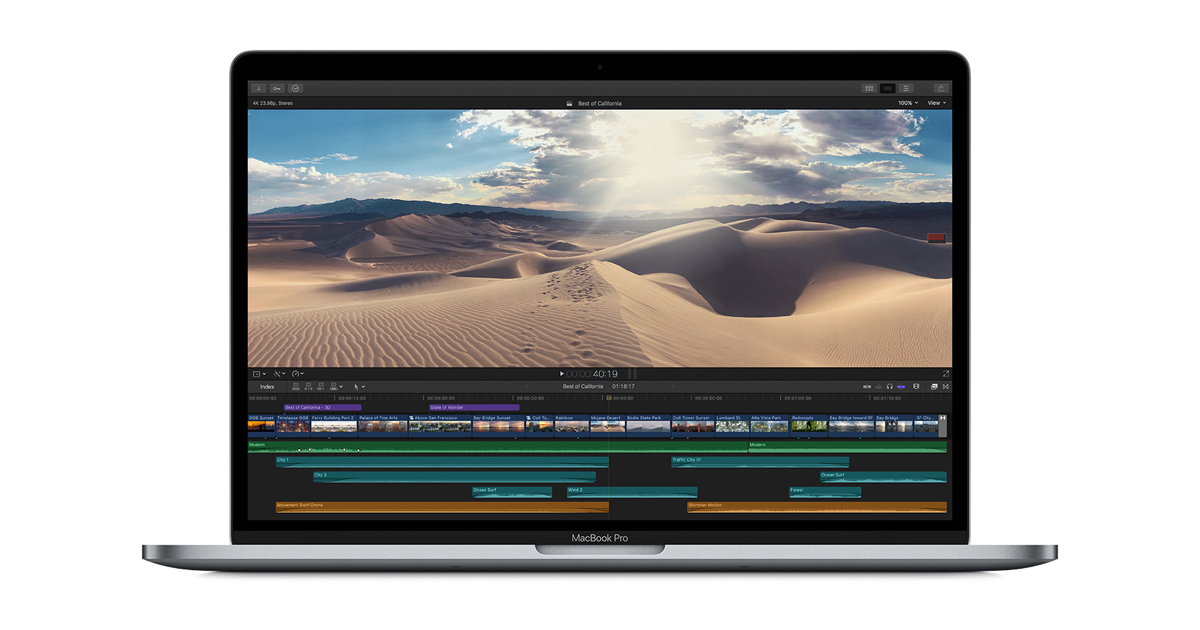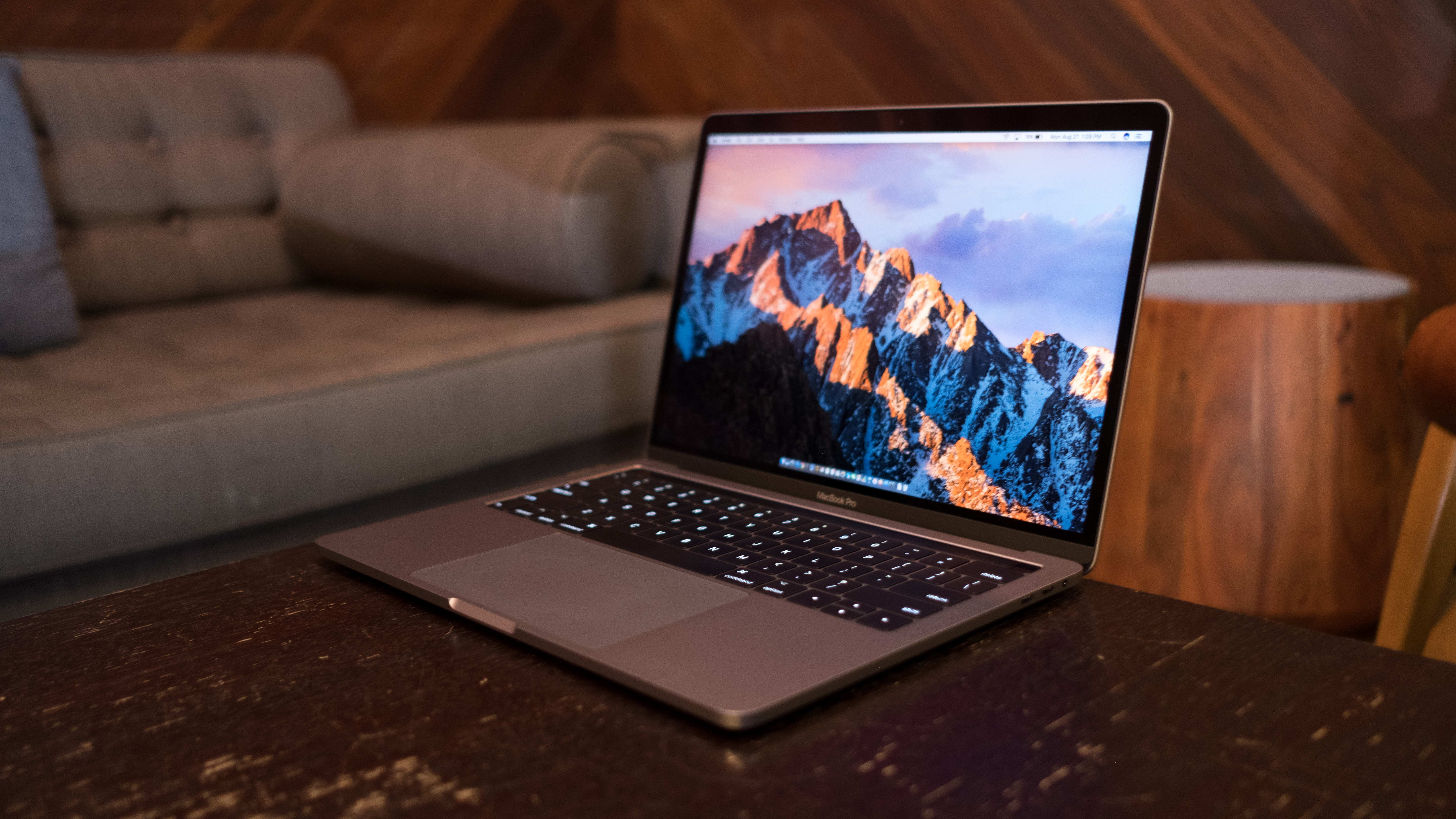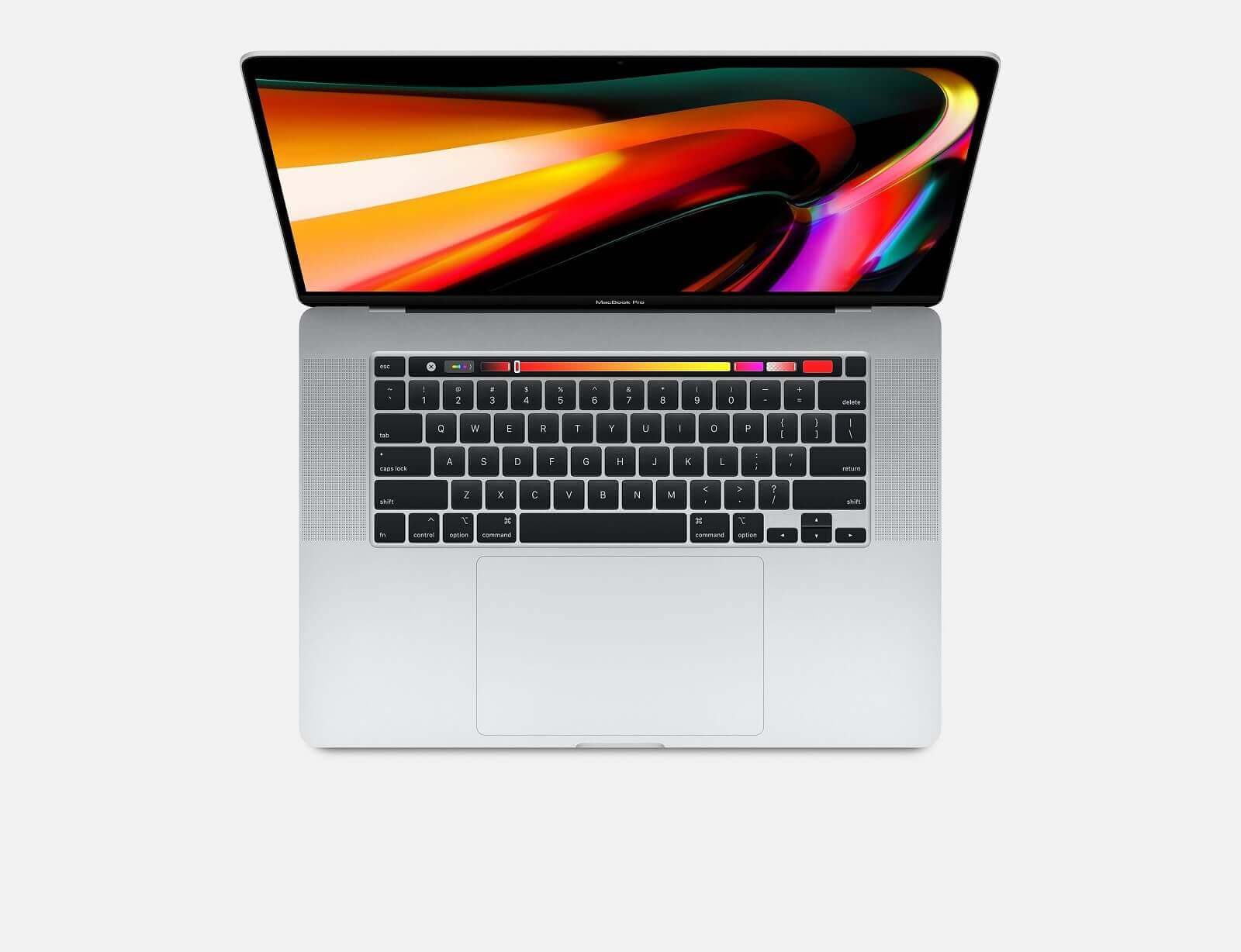- Best Macbook For Editing Video And Photos
- Best Macbook For Video Editing Reddit 2020
- Best Macbook For Video Editing And Music Production
Mac Tips
Mac TipsUpdated: September 02, 2020 | 16 min read- Dec 19, 2019.
- Aug 04, 2020.
- Jan 05, 2020.
Aug 18, 2020.
Before we start
Best Macbook For Editing Video And Photos
Whichever device you choose to purchase after reading our article, please remember that you need to keep it safe—from malware, viruses, junk, and so on. It’s best to take care of it from the very beginning to minimize any future risks.
Just download MacKeeper and never worry about any of these issues ever again. This app offers powerful virus and malware protection, as well as helping you to keep your Mac clean from junk files and useless apps—all this with minimal effort from you (just a few clicks). Try for yourself!
If you are a film-maker or regularly perform video editing, you need to look into specific specs of your computer to make sure it is powerful enough to sustain video editing software and high-resolution movies. In this article we will look into everything you need from a Mac as a media creator.
To sum it up, here’s the list of the best Macs for video editing in our review:
- Ultimate best:Mac Pro with 96GB RAM and an 12-core processor
- Best price/performance ratio: 27-inch iMac with 5K Retina display
- Best alternative: 16-inch MacBook Pro
- Best for beginners: Mac Mini with a 6-core Core i7 CPU and 32GB RAM
Why Use a Mac for Video Editing
Today, the variety of tech available for film-making is astonishing and can be a source of confusion. Out of all the options, why Apple?
The changes that have been introduced to MacBooks and iMacs in the past couple of years made them truly great tools for creators. Here are some of the important features that make them a good fit for video editing:
- Screen. Video editing requires a large, high-definition screen, and the 27-inch iMac is the perfect example of that. The 5K Retina display offers 500 nits display and 99% of the DCI-P3 color space, running at 60MHz.
- RAM. Film-making requires a lot of free memory and storage space even with the lightest software. With the basic 8GB you won’t get further than HD (720p), while 16GB will allow you to edit a Full HD (1080p) video. 32GB is ideal for Ultra HD 4K. Finally, 64GB is required for the most advanced editing tasks such as 8K, 3D modeling and animation.
- CPU. Professional video editors will benefit from a powerful multi-core processor such as i7 or i9. Recently, the number of cores in Intel processors has increased to as much as 28 with Intel Xeon W in a Mac Pro, which guarantees smoother sessions.
- Graphics. Most recent models of Mac Pro have gained an extensive array of graphics cards with up to 64GB of HMB2 memory in each of the two modules. For video editing, you’ll need a discrete graphics card with a separate memory slot.
- Storage. Despite a popular misconception, storage is not the same thing as RAM. For a comfortable process, you’re looking at 512GB minimum, and it must be a solid state drive (SSD), so older Macs are out of the picture right away. Luckily, iMacs offer up to 8TB of storage space.
- Ports. When editing a video, you’ll inevitably need to plug in multiple peripherals, whether it’s your camera, microphone or other gadgets. Apple computers are quite convenient in this sense—even a simple MacBook has four USB 3 ports, compared to a more advanced Mac Pro which can have up to 12 Thunderbolt/USB-C ports.
This is quite impressive, although not all Macs have an ideal combination of a big screen, large RAM and a powerful graphics and CPU. To choose the one that will suit your needs, consider the system requirements for your software, which is what we are getting into in the next section.
Video editing apps require a lot of space, so remember to keep your memory free from useless programs, duplicates, and junk files.
Download MacKeeper and free up gigabytes of memory in a couple of clicks. Try for yourself and see how a clogged up Mac can turn into a clean one in just a few seconds.
Recommended System Requirements
When choosing the best Mac for video editing, you need to identify what projects you are planning to work on. You should consider the type of footage, complexity of the job, output formats, as well as whether you will be editing online or offline. That last aspect is especially important as offline editing requires more storage space and time to complete an edit, though it is easier to access the files.
To edit videos comfortably on a Mac, you will need at least 4GB of RAM. For heavier tasks, such as 4K editing, working with 3D, and 360° video editing, 8GB is the required minimum. Other demands include an up-to-date macOS, as well as an Intel HD Graphics 3000 or later. As the majority of editing programs support GPU rendering, CPU has become less important than it used to be.
Most of all, your storage needs will depend on the size of source footage you expect to work with. In general, your Mac will require three to four times the size of the source footage for your project.
The Best Macs for Video Editing
We have conducted thorough research and talked to professional video editors from our team to make a list of the best Macs to use for video production.
Mac Pro for Video Editing
As you have probably guessed already, Mac Pro is the ultimate Apple device for video editing and, probably, any other purpose. Starting at $5,999 for the most basic configuration, it’s a major investment. For an upgraded version that includes all of the most powerful, high-tech components you will pay as much as $51,399—this may seem shocking at first, but it’s not actually that different from what a PC manufacturer would charge for a computer of an equal level.

The Mac Pro offers the most in terms of every single specification—CPU, RAM, graphics, storage, you name it. The base model provides an 8-core Intel Xeon 3.5GHz processor with 32GB RAM, 256BG SSD and Radeon Pro 580X graphics card. This configuration has almost a limitless upgrade potential. However, a 12-core processor and 96GB of RAM seem optimal for video editing needs.
Mac Pro comes without a screen, which needs to be purchased separately. There is no point in buying Apple’s own display that is available at a price similar to that of an iMac Pro—you can get a cheaper model with almost identical benefits, such as Dell Ultrasharp U3219Q.
iMac Pro for Video Editing
With iMac Pro, you can enjoy the massive 27-inch screen and the exceptionally fast 8-core Intel Xeon W processor to edit 8K videos and create audio effects. The processor can be upgraded up to 18 cores for a smoother editing experience. Other base components include 256GB RAM, storage capabilities of up to 4TB, and the superb Radeon Pro Vega graphics card.
Best Macbook For Video Editing Reddit 2020
Overall, the most recent model of iMac Pro is the second best option for video editing after Mac Pro with all the specs being entirely on the level. It offers an additional advantage of a 5K retina display, eliminating the need to purchase it separately. However, bear in mind that the model hasn’t been updated in two years—look out for news from Apple to get a newer version.
iMac for Video Editing
The new 27-inch iMac with Retina 5K display is the third best computer for video editing. It has the most attractive price/performance ratio and enables editing 4K videos in full size with visible controls. We recommend this model to less dedicated video editors who are still aiming to produce top quality content but don’t use highly demanding software.
The base model is on the lower side of the price range, being only $1,799, but that is for less advanced specs. Serious editors will need to make a few custom changes:
- The RAM in a 27-inch iMac is only 8GB, which will need to be upgraded ideally to 32GB—an extra $600 right off the back. The top iMac has 128GB on-board memory.
- 3.1GHz 6-core i5 processor and an AMD Radeon Pro 5300 (4GB memory) are also not the perfect option and require improvement. We recommend getting a discrete graphics card with as much memory as you can afford.
- The default 256GB SSD can be replaced with a 512GB one for $300.
The final price comes out as approximately $5,000, nearing that of a Mac Pro. Professionals have to think of whether it’s really worth the hassle—you might as well just buy a device that has all the required tech built in. But is the base model enough for an amateur film-maker? That’s up to you to figure out.
MacBook Pro for Video Editing
If you’re looking for a portable computer that maintains those powerful video editing capabilities, MacBook Pro is a solid and reliable option.
If you've ever tried running Final Cut or Adobe Premiere on a generic Mac, you are most certainly familiar with the frequent crashes and kernel panics. This is not an issue with a MacBook Pro.
However, you need to be conscious of the fact that the power potential of a laptop is undeniably inferior to that of a desktop computer. The small scale of the device makes heat management a harder task, not to mention the size of the display which is significantly smaller in MacBooks than in iMacs.
If you do wish to buy a MacBook Pro, go for the 16-inch version due to a better graphics card, a more powerful 2.6GHz 6-core i5 processor and RAM of up to 64GB. In addition, the starting capacity of the SSD is 512GB, which is exactly what you’re looking for. These components can be further improved at an additional cost, but the base model will come to $2,399.
Beginners can opt for a cheaper and lighter 13-inch option with a 2.0GHz processor. It’s a slower model that lacks integrated graphics, but this can be fixed with an upgrade to an eGPU. A new 13-inch MacBook Pro will cost $1,799.
Mac mini for Video Editing
This is the cheapest device produced by Apple that can be used for video editing, being only $799 for the basic model. With this option you get a selection of surprisingly good characteristics: 3.6GHz Quad-Core processor that can be upgraded to a 6-core one, a default SSD with 256GB memory that can go up to 2TB, and 8GB RAM that you can boost up to 64GB. The final product in this case will come at $3,099—still cheaper than an upgraded MacBook Pro.
Despite the fact that the slow graphics card is a typical disadvantage of a Mac Mini, it can easily be upgraded to a better eGPU. The small screen size can be compensated by an external display of high resolution.
Overall, beginners and film enthusiasts will find this laptop their best option due to affordability combined with reasonable specs and agility of the device.
How to Optimize your Mac for Video Editing?
If you've been video editing for a while you must have encountered problems with your Mac being slow and overloaded with tons of unneeded files or duplicated videos and images. As a highly resource-consuming process, video editing does require some extra steps towards minimizing memory overload and maximizing disk space. So, what can be done for more efficient work?
Whenever your Mac's performance lags— MacKeeper’s Memory Cleaner can help you get rid of that annoying spinning wheel. This way your Mac's RAM memory will be cleaned automatically with just a click. Another cool perk of the Memory Cleaner feature is that you can monitor which apps are the ones eating up the most RAM memory.
Besides, it's a good practice to track down old junk files, duplicates, and other files taking up your Mac's valuable space for no reason whatsoever. Here, MacKeeper’s Safe Cleanup and Duplicates Finder come to rescue. These comprehensive scanning tools delete duplicates, leftovers, caches, logs, and more. Safe Cleanup even empties the Trash! And that's all before you know it.
Simply put MacKeeper in charge of your Mac's cleanup and optimization and get extra time for video editing!
Wrapping Up
When making a decision, think about the level of video editing you want to undertake. The choice will differ for amateurs and professionals that use specialized software on an everyday basis.
A Mac Pro will return the investment fast if you make a living out of film-making. An iMac Pro or iMac with Retina 5K display are also great for professional video editors who are in need of a large screen. If you have a more dynamic lifestyle, MacBook Pro will be perfect for your needs. Finally, a Mac Mini is ideal for those who don’t run demanding software and simply edit videos as a hobby.
Depending on the types of tasks you usually do, you might need a particular set of computer specs. Therefore, before you buy a Mac, check the system requirements of the programs you’re planning to use. The most popular video editing software for Mac, Adobe Premiere and Final Cut, mention all the details on their websites.
Read more:
It doesn’t matter which app you choose for video editing, but make sure that you check for viruses and malware on all the apps that you download from the internet.
In fact , MacKeeper offers you all the tools you need for this—no malicious component will be able to sneak into your Mac. The app will even notify you if you are about to enter a potentially malicious website—download MacKeeper and see for yourself.
More Related Articles
Apple didn’t get its reputation for performance and accuracy from nowhere.
Everything from phones to paper-thin notebooks are engineering to work efficiently, and this makes their MacBooks ideal for all levels of video editing.
Besides integrating extremely well with the Adobe Creative Cloud suite and many other third-party photo/video editing software, they offer a streamlined experience that will work well in any freelance or industry position.

In this guide, we’ll point out some key points for choosing the best MacBook Pro that will most effectively work for video editing at various levels, and showcase some of our own recommendations as well.
Quick Summary
- For the casual creative, we recommend the 13-inch MacBook Pro with 256GB SSD, which offers quality performance without unnecessarily bulking up the specs. It doesn’t offer touch bar, but it is portable and sturdy.
- If you certainly aren’t a hobbyist but not a pro either, 13-inch MacBook Pro with 512GB SSD is a better choice. The storage has been beefed up a bit, and the touch bar offers a new dimension of functionality.
- Lastly, the professional creative looking to max out their performance power would be best served with a 15-inch MacBook Pro with i9 Processor and 512GB SSD. This model offers insane amounts of processing power, though you’ll likely still want an external monitor for the sake of screen space.

Is MacBook Pro Good for Video Editing?
In this case, it isn’t about whether or not a Mac will be effective for video editing, but a matter of how much power you really need.
If you just plan on doing minor work for youtube, you won’t be troubled by extensive renders or clamoring for screen restate, so it doesn’t make sense to pay for specs built for something ten times as processor-intensive.

However, if you plan on doing digital animation or working in 4K, it’s definitely time to look at higher-end machines that will be able to handle what you’re throwing at them.
If you’re not planning on editing videos in some way, you should not treat this article as a collection of the most powerful MacBooks overall.
Intensive computer work demands different specs depending on what you plan on doing, so you can’t assume the best for editing will be the best for say, gaming.
Best MacBook Pro for Video Editing: What to Consider in 2020?
Best Macbook For Video Editing And Music Production
Graphics
The key to a fast render is a high quality dedicated graphics card, and while lower-level work will likely be fine using an integrated card, you’ll want a dedicated one for anything beyond the casual home video or Youtube vlog. Dedicated graphics allow your computer to utilize RAM (Random Access Memory) specifically for the high-quality visuals you’ll be rendering as effectively as possible.
Processor
The processor is going to be handling every detail of your video as you build it, so you’re going to want to look towards the latest generations of the Intel i5 and i7 lines. Since video software can make use of multiple threads as well, these will benefit you while creating your project.
RAM
The final element that will make or break the performance of your MacBook while working on video editing is RAM. It’s used in every aspect of your computer’s execution of processes, and you’ll want a minimum of 8GB for amateur work, with a goal of 16GB if you’re editing professionally.

Best MacBook Pro for Video Editing in 2020: Our Picks
1. Casual Video Editing: 13-inch MacBook Pro (2.4GHz, Intel Core i5 processor, 256GB)
If you’re going to be editing home videos and content for Youtube, you probably won’t be doing intensive 3D renders or completely utilizing heavy programs even if they are installed. This version of the 13″ MacBook Pro comes with the processing power to reach your goal without unnecessarily overcompensating.
Pros:
- The 13″ model is extremely portable, so you’ll have editing power at your fingertips wherever you go.
- RAM is the perfect amount for this type of user and should last several years.
- SSD drive means that renders and saves will be completed faster than with a physical HDD disk.
Cons:
- SSD is pricey, which is why this model only comes with 256 GB in disk space. You’ll definitely want to purchase an external drive to compensate for this when storing your videos.
- Additionally, this model uses an integrated graphics card which will be fine for this level of editing but doesn’t offer room for growth.
2. For Amateur Movie Making: 13-inch MacBook Pro (2.4GHz, Intel Core i5 processor, 512GB)
Whether college student or budding short-film director, you need power and a modern flair without the expense of a professional setup. This model of MacBook is a great compromise, offering Apple’s latest touch bar and touch ID technology packed into a 13″ body powered by an integrated Intel Iris Plus Graphics 655.
Pros:
- Offering both portability and power, this modern masterpiece has all the specs to get you where you want to go without any unnecessary bulk.
- The brand-new touch bar is also included and known to have great integrations when working in Final Cut Pro or the Adobe Suite.
Cons:
- While offering more space than the aforementioned 256GB model, it’s still a bit on the small side for storing large video files.
- It also has an integrated graphics card, which is slightly less than ideal.
3. For Professional Creatives: 15-inch MacBook Pro (2.3GHz, Intel Core i9 processor, 512GB)
Truly a top of the line machine, this MacBook Pro model was built for precision and nothing less. The 8-core i9 processor can stand up to just about anything you throw at it, it has a powerful graphics card UHD Graphics 630. The 15″ screen offers some more real estate than the smaller 13″ models.
Pros:
- It has nearly unbeatable power between the mix of RAM, dGPU, and processor.
- The beautiful screen will produce accurate colors and the touch bar will allow you to work even more effectively in your favorite editing programs.
- You have the option to choose more storage space if needed.
Cons:
- When editing professionally, you need all the screen space you can get, and no size laptop is going to be able to offer that. If you don’t have an external monitor, check out our recommendations.
Useful Mac Video Editing Resources
Just getting started with editing your own videos? LifeWire offers a great tutorial on getting started, from which software will be the most useful to whether you’ll fare better with some peripherals. Also, check out this complete video editing tutorial for non-editors on Mac:
A fan of iMovie? MacWorld has made a fantastic list of best tips on how to get the most out of Apple’s video editing software for macOS.
You could also check out this list of free and paid Mac video editing apps (TechRadar), which will let you experiment before deciding exactly what you need in a paid program.
Final Words
Video editing is a prime example of technical work that eats RAM and CPU power like no other. Luckily, a MacBook Pro was made to stand up to these things and is sure to perform if you’ve picked an adequate model.
What set up do you currently use to edit videos? Let us know and share which specs you think are most important for productive work.
